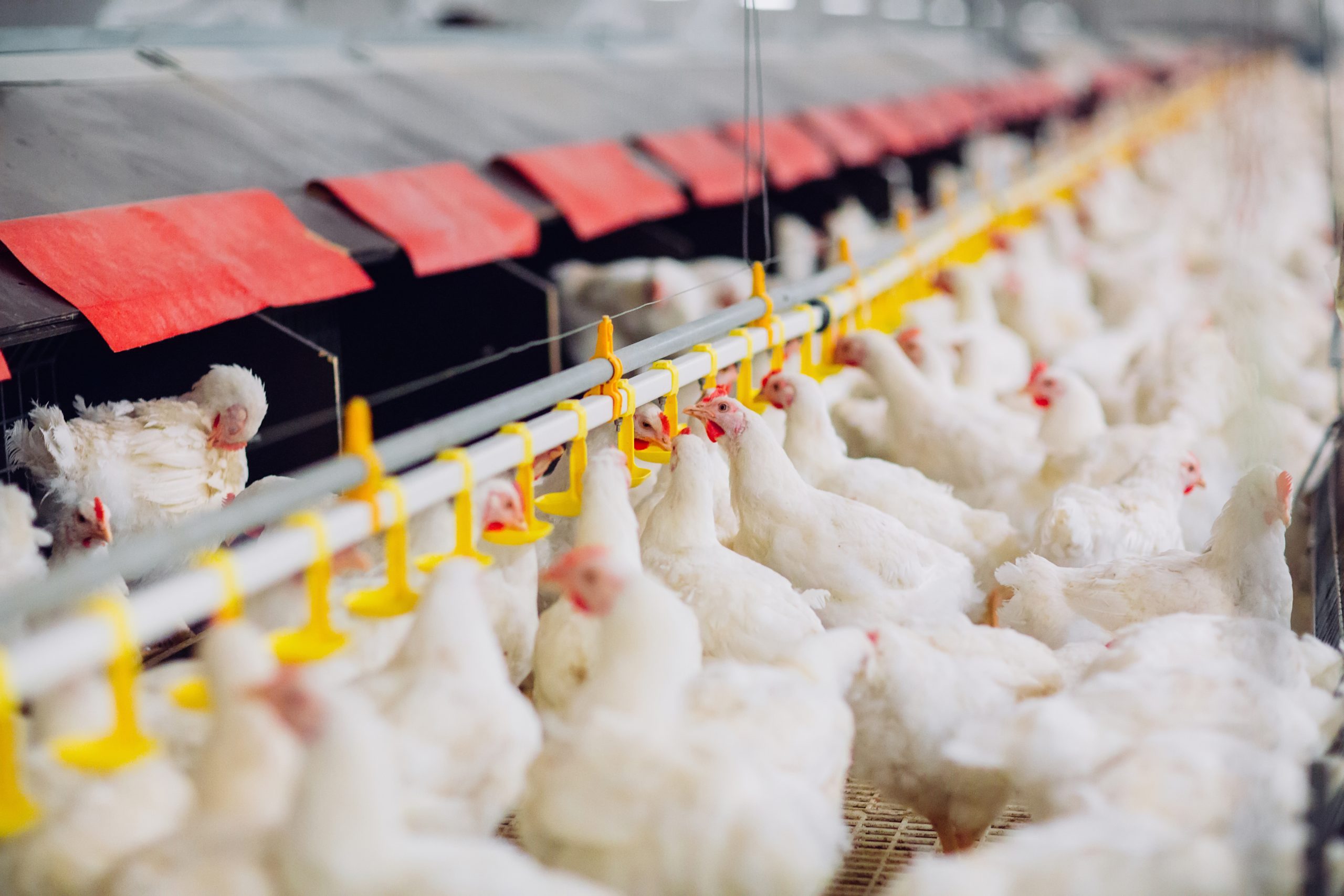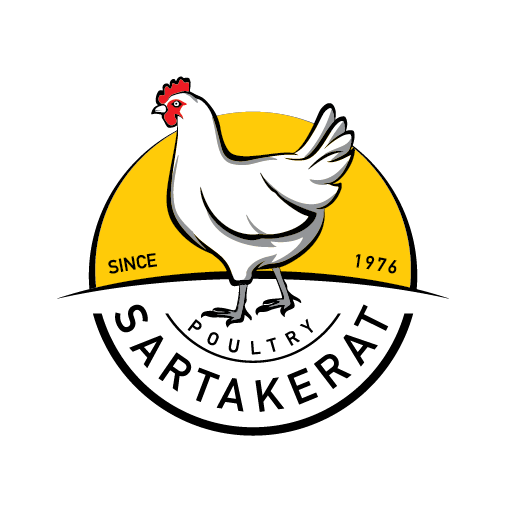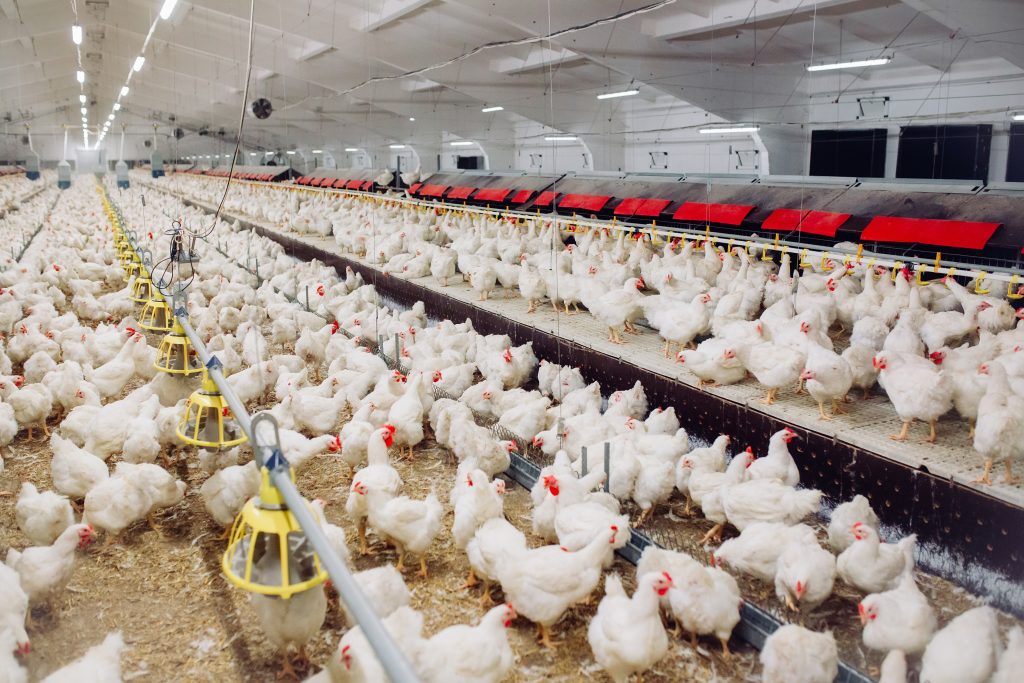
Introduction
Today, in the poultry breeding industry of the world, biological security is in the center of attention and the need to design and adhere to its implementation is emphasized in all articles and reference books. In one word, biosecurity is equivalent to "awareness", such that a series of basic principles are achieved about how diseases are transmitted, and then this is combined with experience. Ultimately, the goal is to ensure that the disease does not enter the poultry farm and that the poultry exposed to it, with a coherent biological security program, provide conditions to eliminate or minimize the presence of pathogenic agents in the farm environment to a relatively low level. Or be completely safe.
Light control
In raising the poultry industry, providing lighting in terms of intensity, duration and uniformity in different parts of the hall is very important. Especially in egg-laying and mother birds, where light as a very important environmental factor is effective in achieving better results and must be regularly and carefully controlled. In laying and mother birds, light is important for sexual maturity of birds, egg-laying activity, etc. But in meat poultry, the role of lighting is limited only to the possibility of receiving grain and water, and in practice, providing a small amount of light that provides such a possibility for them is enough, but a uniform light throughout the hall is important. The intensity and duration of light, too little or too much, both cause problems in the flock, so that too much light increases the stimulation and activity of the bird, and as a result, a lot of dust is produced in the hall. This dust enters the respiratory tracts and alveoli and destroys their walls, the bird also faces a lack of oxygen, and as a result, respiratory problems occur.
Also, the increase in cannibalism, stress, more sensitivity to heat stress and high cost are many side effects of light intensity. On the other hand, reducing the duration of exposure during the growth period will delay the age of puberty. In order to learn how to control light and issues related to this issue, the manual of each breed should be read.
Pine tree chips | It is used in areas where the bed supply is limited or requires spending a lot of money. |
Forest wood chips | Often, this material has a lot of moisture and is prone to fungal growth and contamination in improper storage conditions for a long time before cultivation. |
Forest wood chips (hard) | They have been used successfully, but if it is too wet, there is a possibility of chest blisters in the bird. |
outer shell of rice grain (paddy) | Compared to other materials in terms of cost, it is a suitable material for the bed. Of course, young chickens may feed on it (not a serious problem). |
The outer covering of peanuts | It is a cheap material, especially in the cultivation areas of this plant. There is a possibility of it becoming lumpy, but with proper management, this problem can be solved. It is prone to fungal growth and aspergillosis. |
Crushed pods of corn cobs | Limitedly available. There is a possibility of chest blisters in the bird. |
sand | It can be used for a long time. It is competitive with pine tree chips. During the cold season, it brings problems with maintenance. To ensure its complete drying, a long ventilation is needed before starting cultivation. |
Corn straw and fodder | They can be lumpy. They are prone to mushroom growth. |
Paper industry waste | They are used in commercial and research situations. By applying management, the formation of lumps in the bed can be prevented. |
Compliance with the conditions and necessary infrastructure for the implementation of biosecurity programs: Halls should be designed in such a way that it is possible to comply with biosecurity measures and apply correct management methods to establish a hygienic environment with high efficiency. To achieve this purpose, recommendations can be suggested, some of which are briefly mentioned:
At the beginning of the entrance of the poultry farm, office and sanitary facilities, washing basins and suitable rooms for disinfecting the items needed by the unit should be considered. The distance between the halls should be between 10-15 meters and the distance between the halls and the surrounding fence should be at least as much as the width of the halls, more than 12 meters. It is necessary to build a parking place outside the poultry yard in order to prevent the entry of various vehicles. The internal and external surfaces of all halls and facilities must be washable and disinfected and can be lit up to a suitable height.
The area around breeding halls up to a radius of 1-2 meters should be washable, disinfected and flamed. The poultry yard should have no blind and uncontrollable spots and should be free of any additional facilities and waste (worn and used equipment). Poultry should have sufficient power supply network for halls and other facilities. In addition, the emergency power motor in units that use power supply networks should also be considered. The necropsy room should be available and can be washed and disinfected according to the capacity of each poultry farm in a suitable place and close to the burial place of casualties. Poultry unit should have sufficient fuel resources with suitable capacity and the aforementioned resources should be installed near the fence of the poultry farm, so that there is no need for vehicles to enter the poultry farm to unload the fuel.
The walls and ceiling of breeding halls must have proper insulation. According to the facts of the existence of the structure of the breeding space and poultry keeping, poultry farms are classified into three categories:
First category: Poultry farms that are built according to the set conditions and standards and do not have any problems.
The second category: Poultry farms that can be modified.
The third category: those parts of chicken farms that are illegally used for the purpose of raising meat and cannot be modified.
Based on this, according to the existing rules and guidelines, it is necessary to repair the poultry farms and bring them closer to the standard conditions. Also, poultry farms that are in the third category must act according to the rules and criteria of the Veterinary Organization and the Deputy for the Improvement of Livestock Production.
Bed condition:
The bed and its condition are very important in poultry breeding halls. The prepared substrate should be of good quality, dry, soft and free of dirt, dust and stimulating particles while providing a comfortable place for the birds. The type and type of bedding should not lead to defects, lesions and diseases in the organs and different parts of the bird’s body, such as causing skin lesions in the muscles of the chest and legs. Common types of bedding are: wood chips (pushal), straw, rice bran, corn chips, sawdust and sand, which are mainly used in Iran.
A good substrate should first of all be free of external contamination, such as mold and excess material. The substrate becomes wet and lumpy due to various factors, including the following:
Too many birds per unit area.
Unbalanced temperature, ventilation and humidity of the hall.
The presence of fats and salt in the diet in excess of the recommended amount
Some diseases such as coccidiosis, gumboro, etc.
Wet litter causes many diseases such as chronic respiratory disease, total xylosis, enteritis, digestive disorders and motor organ problems, growth reduction and carcass quality decline. Also, it leads to the growth and proliferation of fungal agents, including Aspergillus fumigatus, and spores infect birds in the form of aerosols and airborne particles, causing inflammation of the trachea, lung infections, and swelling of the air sacs. Also, the possibility of the growth of digestive parasites is another main problem of increasing the humidity of the bed. It is necessary to remember that the existence of an efficient management in providing a suitable substrate and controlling the climate of the hall has a great impact on the health of the birds and as a result more productivity.
subscripts:
Biosecurity
Aspergillus Fumigatus
Source: Agriculture magazine


